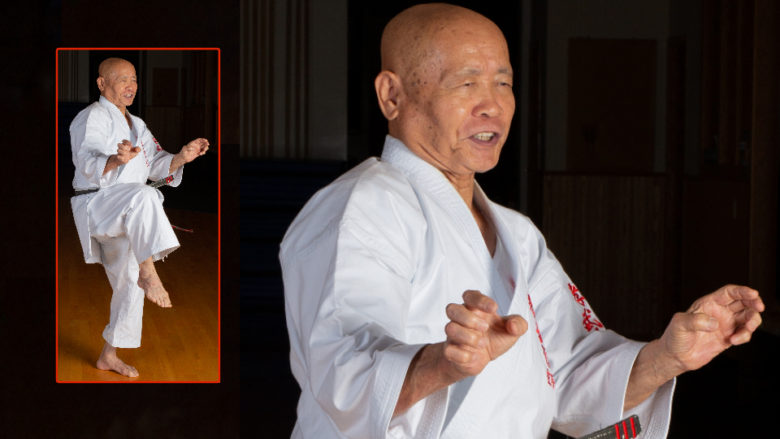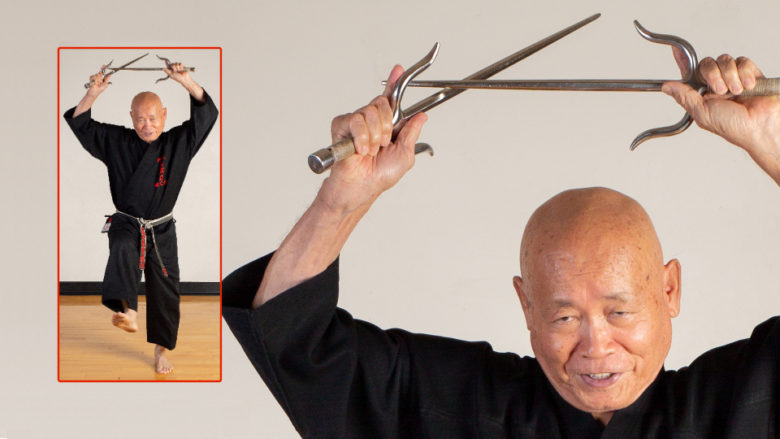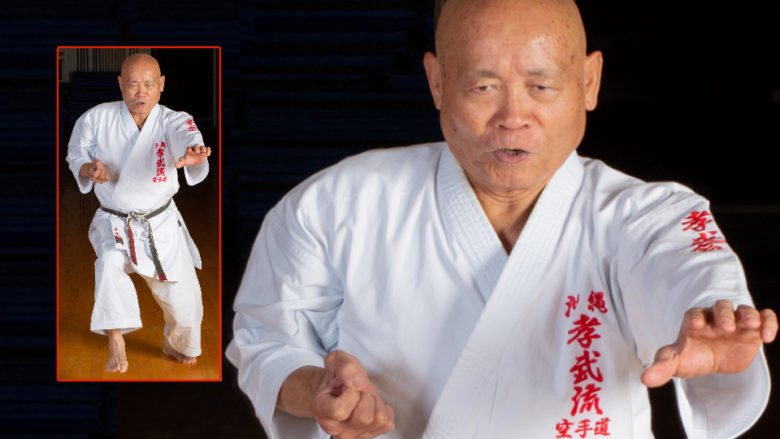The Essays – An Introduction
Kinjō Kaichō brought to the 2019 Kōburyū seminar four essays from the Japanese monthly magazine, “Chichi” (致知). Chichi is a Japanese magazine of “philosophical anthropology.” While the essays are written in Japanese and are heavy into Japanese thought (with some religious and cultural interpretation) they also speak to the serious student of karate and kobudō. …


